Sign up for our newsletter
Get the latest Destination South Ayrshire news and events delivered straight to your inbox.
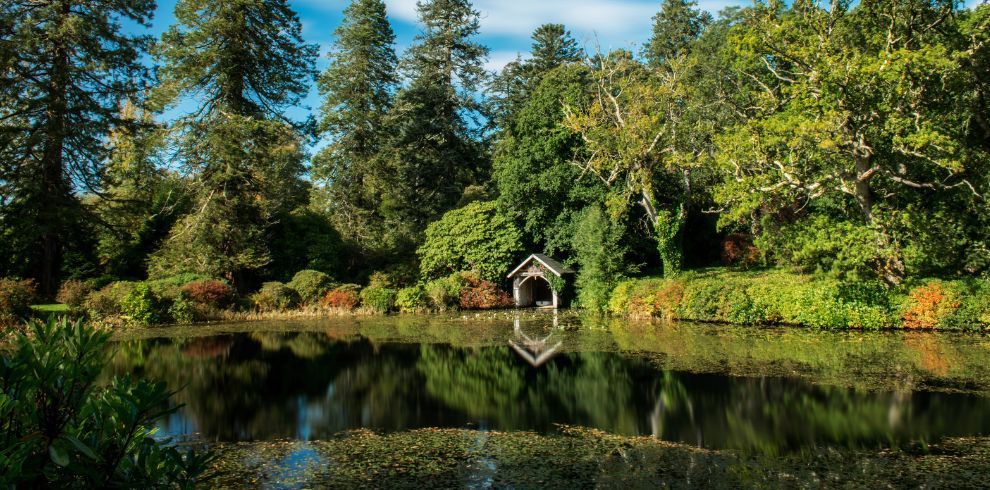
Starting in Dailly at the village square these walks include works of art, benches, waymarkers and a modern footbridge across the River Girvan.
Barony Hill Trail 6.5 miles / 10.5km
Kilgrammie Trail 4.75 miles / 7.65km
Lindsayston Trail 2.75 miles / 4.5km
Maxwellston Trail 3.5 miles / 5.5km
Quarry Trail 2.5 miles / 4.25km
Leaving the village the route passes Balcamie Farm and climbs towards Barony Hill. Ascending the hill the track passes close to Machrikil. This was believed to be the site of a cell or chapel founded in the first century by St Machar, but the order of the letters in the name renders this unlikely. It contains parts of an oval-shaped wooded earth enclosure within which are a large cross base and a pentagonal stone with a faint Latin cross and a cross socket. Until recent times Dailly Parish Church was known as St Machar’s Church of Dailly.
Crossing the bare hillside the summit of Barony Hill is reached, where there is the opportunity to take in the view and rest on the many oak log seats distributed throughout the trails. It is a joy to walk through Falfarocher Glen following the burn downstream through a marvellous woodland which is the haunt of roe deer, badger, fox, and, red squirrel.
This trail has many associations with the coal mining industry of a bygone era. Walking through Kilgrammie, little remains of the industrial past with new woodland having obscured nearly all traces. An attractive trail through conifers with the possibility of seeing roe deer, squirrel, sparrow hawks, and buzzard. Close by is the old Kilgrammie pit. This was the site where in 1835, John Brown, a 66 year old collier was trapped in a pitfall and remained underground without food for 23 days and came out alive. Most had given John up for dead but several worked on as they thought they heard cries. When they eventually found a totally exhausted John Brown his words were “Boys oh but you were a long a coming”. One report says he would have been spared his ordeal had he not turned back to pick up his jacket as others fled the collapsing workings. Sadly John quietly expired three days later and his grave is to be found in the village churchyard.
From the highest point of the woodland, pause and catch your breath. Continuing along the track, the circuit is now complete with the short stroll back into Dailly.
Leaving the village the route follows the burn through Lindsayston Wood. A series of delightful waterfalls and pools makes this an enchanting, secluded place. It is a delight to walk along the woodland path which, like other walks around Dailly, is a sanctuary for wildlife. If you are lucky you may see heron and dippers feeding in the burn. The route continues along a section of the unclassified hill road to Barr where, on the left, you can see a small sandstone memorial which is inscribed “Dr C”. The identity of the mystery doctor is not known but local legend suggests he was a doctor from Maybole who was killed after being thrown from his horse on this spot, on his way home from visiting a patient.
A linear hill walk for those who relish steep, rough walking. The splendid views leading to the top are as good as any in the district. The walk takes you past the cemetery and follows the crystal waters of the Lindsayston Burn. Hadyard Hill looms ahead and with Maxwellston Hill forms an impressive backdrop along the southern boundary of the Girvan Valley. Views open up as height is gained by climbing up the exposed shoulder of Hadyard on to the moorland plateau. This is the habitat of a variety of wildlife including curlew, buzzard, peregrine, kestrel, and merlin. Although waymarked, care should be taken when crossing the hilltop in bad weather as the lack of distinct landmarks on the plateau can make navigation difficult.
A short, circular trail, for those with limited time to sample the area. However, when undoubtedly tempted back, this trail can be linked with the Kilgrammie Trail to make for a longer excursion. From the village, a short walk northwards takes you to a woodland path through a tranquil conifer plantation with good open views from the western corner. The seat on this trail is made from a tree called the Charles II oak planted by Bargany Estate to celebrate the restoration of the monarchy. It was known locally as the hangman’s oak. For many years the branches were held together by chains some of which are attached to the seat. The tree was blown down in the Boxing Day storm of 1998.
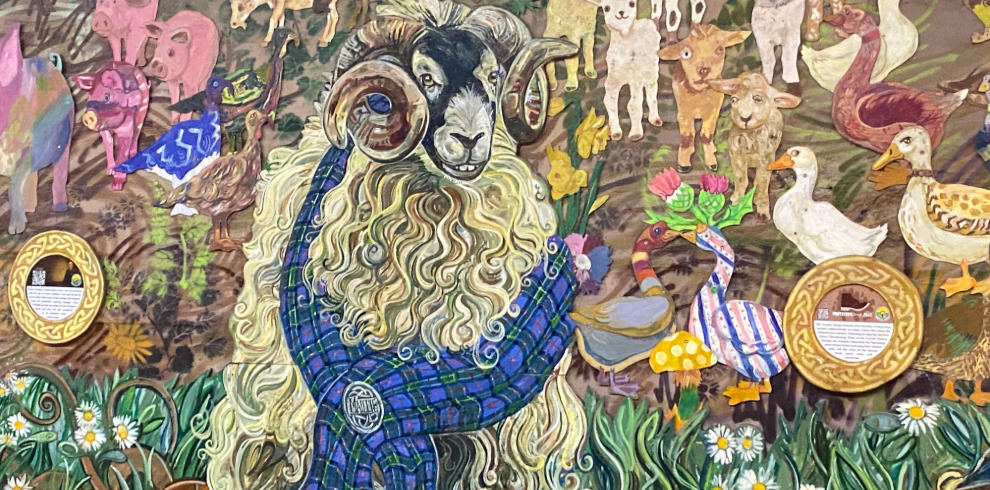
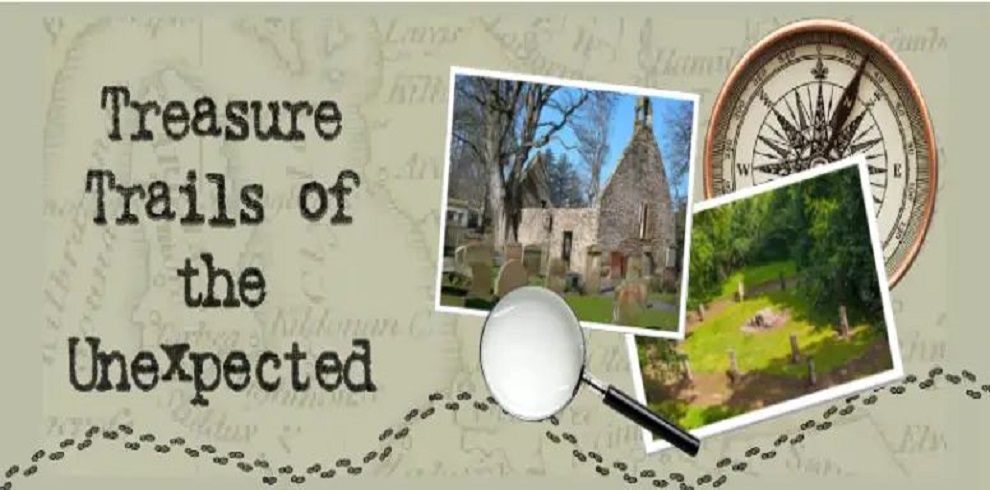
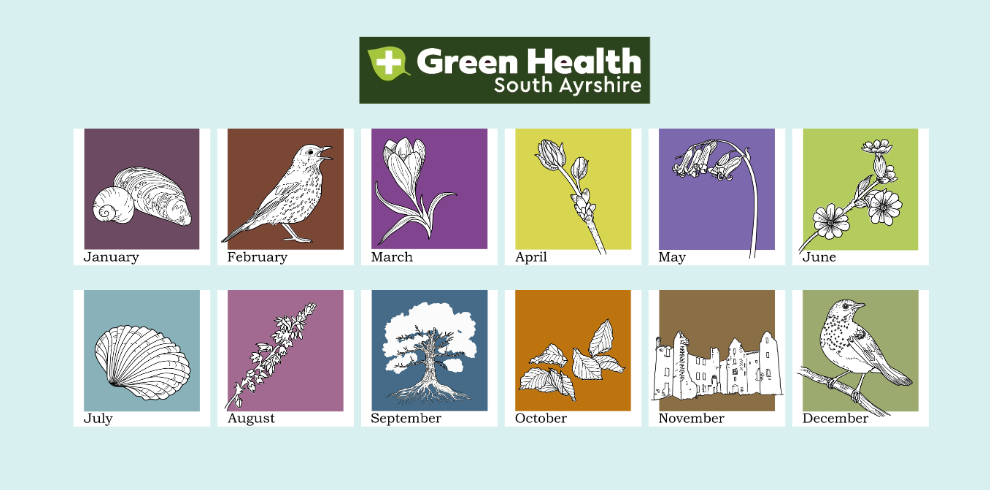

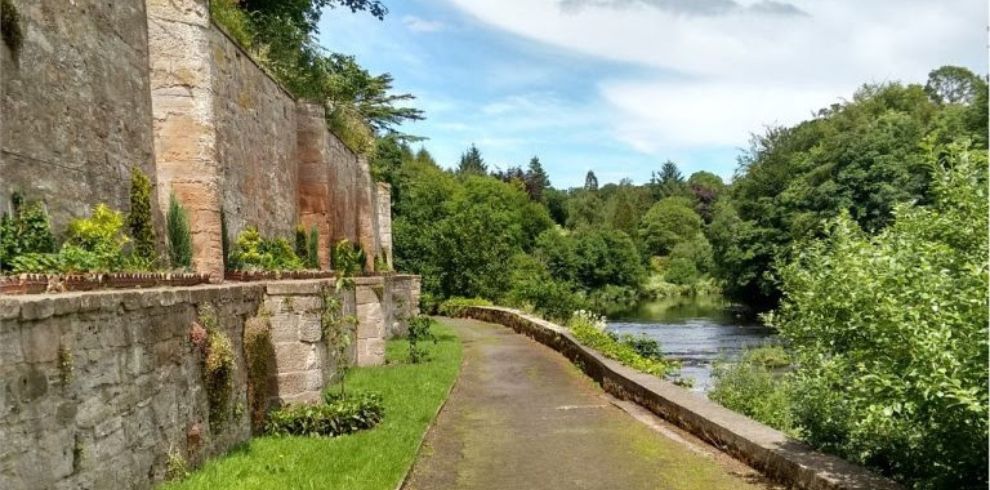
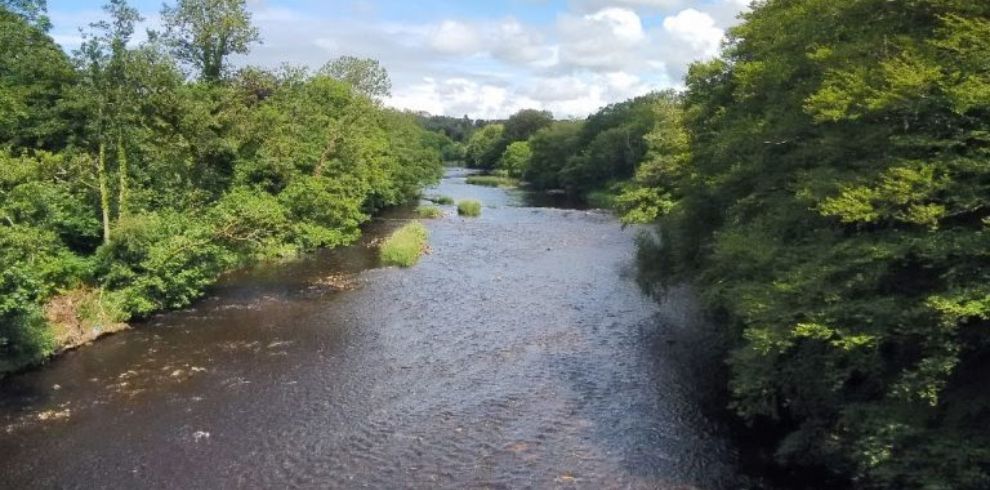
Get the latest Destination South Ayrshire news and events delivered straight to your inbox…
Get the latest Destination South Ayrshire news and events delivered straight to your inbox.
Copyright © 2025 Destination South Ayrshire. Provided by South Ayrshire Council.
Get the latest Destination South Ayrshire news and events delivered straight to your inbox…